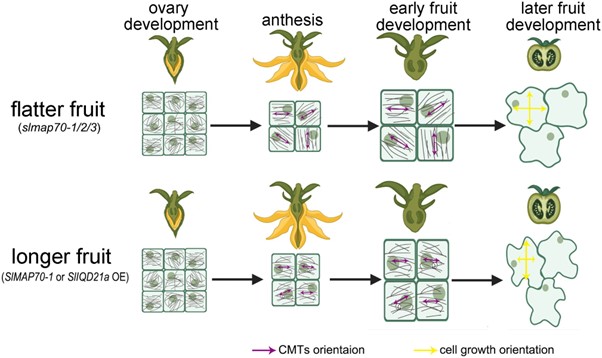
Microtubule-associated proteins regulate fruit shape in tomato
Plant Science Research WeeklyMicrotubule binding proteins are important in determining fruit shape by driving changes in microtubule arrangement. However, in depth molecular studies on these in tomato (Solanum lycopersicum) have been limited. Here, Bao et al. investigated the microtubule binding protein Microtubule-Associated Protein…
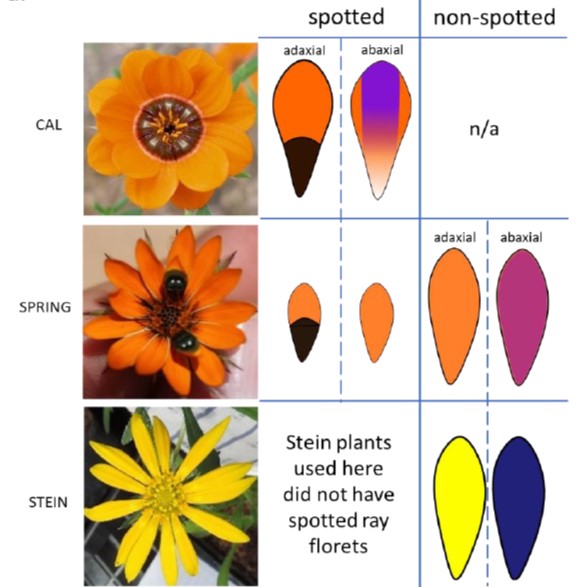
A closer look at the pigmentation patterns of those South African daisies, Gorteria diffusa
Plant Science Research WeeklyRecently, we highlighted a sexually deceptive daisy that mimics a female bee-fly to attract the male pollinators. In a recent preprint, Fattorini et al. take a closer look at the factors that specify the petal pigmentation pattern. The authors looked at three morphotypes with different spot patterns,…

Photo-thermally controlled transcriptional regulation of FT drives the arrest of flowering time in Arabidopsis
Plant Science Research WeeklyLight and temperature are important external signals required by plants for flower initiation. These external signals along with some internal cues (plant age, gibberellins, etc.) are established factors for floral initiation, but the factors required for end-of-flowering time are not yet established.…
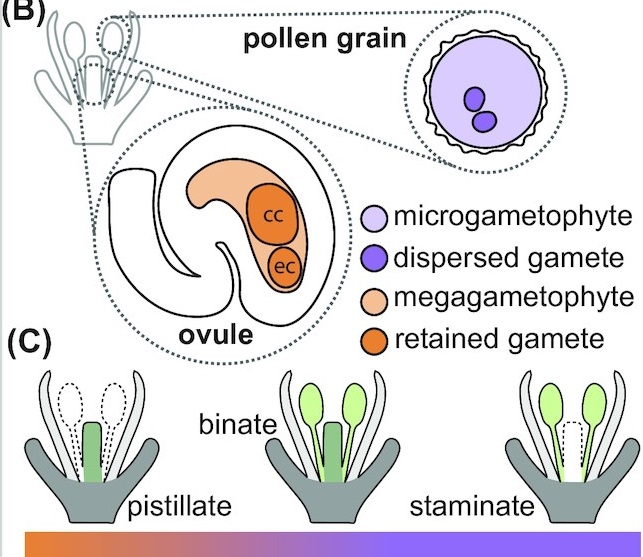
Re-imagining reproduction: The Queer possibilities of plants
Plant Science Research WeeklyMale - female, egg - sperm: how did these animal-centric terms come to be applied to plants? This question is addressed in this interesting essay by Subramaniam and Bartlett. As they observe, the language we use to talk about plant reproduction is largely rooted in the language of animal reproduction,…
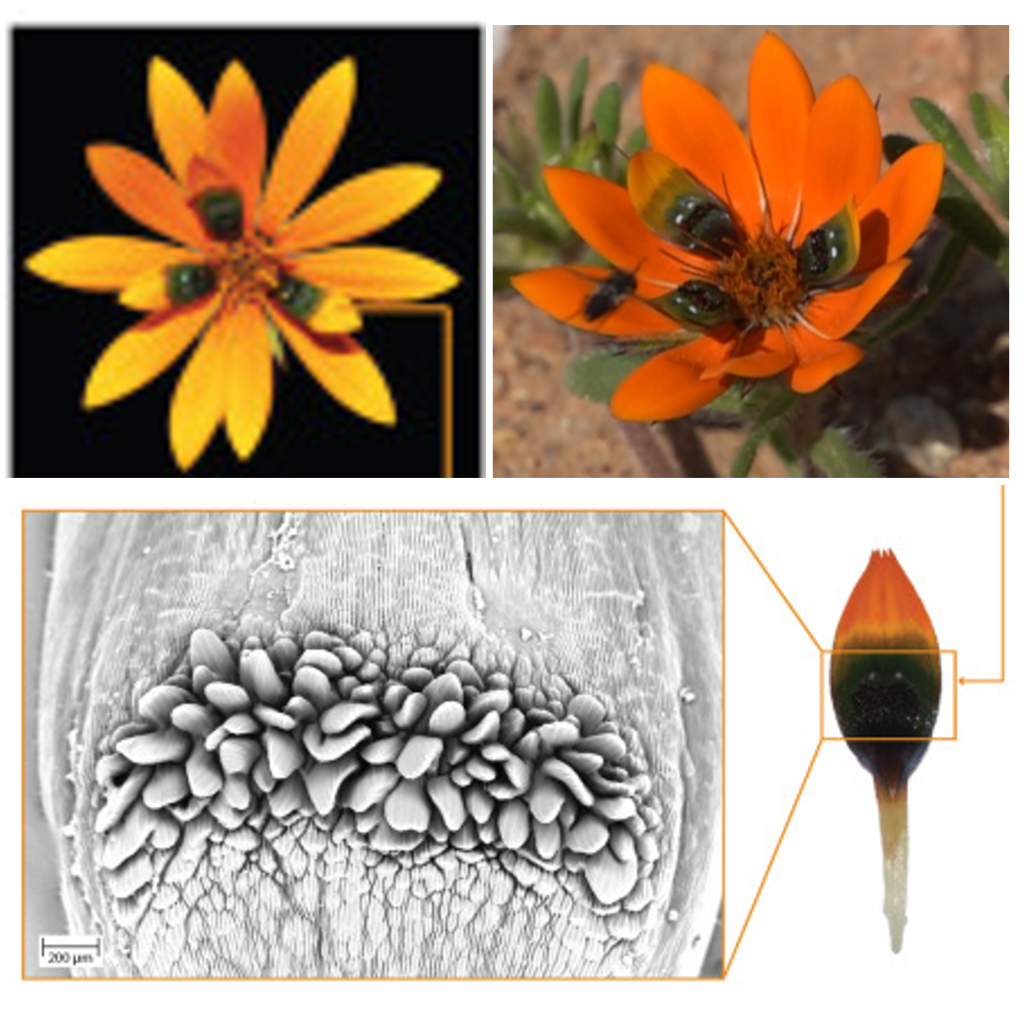
How did the daisy get its spots? Gene co-option and fly mimicry
Plant Science Research WeeklyThis is one of those “straight into the textbook” stories. Kellenberger et al. investigated the unusual petal pigmentation pattern of a South African daisy Gorteria diffusa, which has petals with odd lumpy irregular spots that mimic female flies and enhance pollination through sexual deception. The…

EIN3/EIN3-LIKE1 modulate FLC expression via histone demethylase interaction
Plant Science Research WeeklyFlowering time is determined by both endogenous factors and environmental cues to ensure successful reproduction. ETHYLENE INSENSITIVE 3 (EIN3) and EIN3 LIKE 1 (EIL1) are transcription factors which are the key downstream regulators of ethylene signal transduction. Rapid flowering is promoted by the…
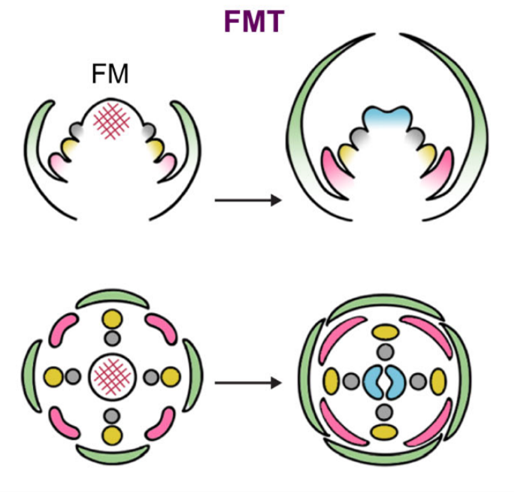
Review: How floral meristem termination shapes flowers
Plant Science Research WeeklyFlowers come in a breathtaking variety of shapes and sizes. The structures making up a flower, called sepals, petals, stamens, and carpels, all derive from the tightly regulated differentiation of a pool of stem cells in the so-called floral meristem. Floral meristem termination (FMT) is a crucial stage…
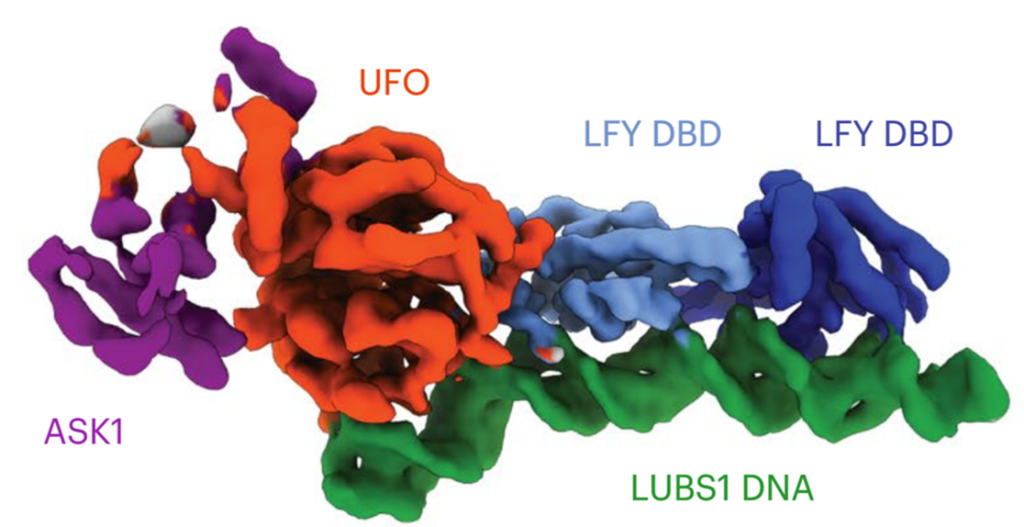
UFO helps LEAFY find new promoter elements
Plant Science Research WeeklyFloral development has been the object of decades of plant research, yet many fundamental questions remain. One of these is the mechanism by which LEAFY (LFY), the master transcription factor of floral development, works with UNUSUAL FLORAL ORGANS (UFO), an F-box protein, to regulate petal and stamen…
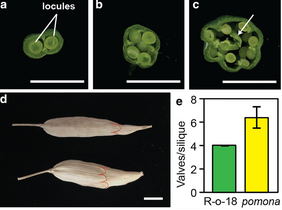
A novel CLAVATA1 mutation causes multilocularity in Brassica rapa
Plant Science Research WeeklyThe CLAVATA1 receptor-like kinase and its ligand CLAVATA3 (CLV3) are associated with the CLAVATA-WUSCHEL pathway, which partly controls locule number (the seed-bearing structure of fruits). An increase in locule number is believed to increase the number of seeds and subsequently increase fruit size.…

